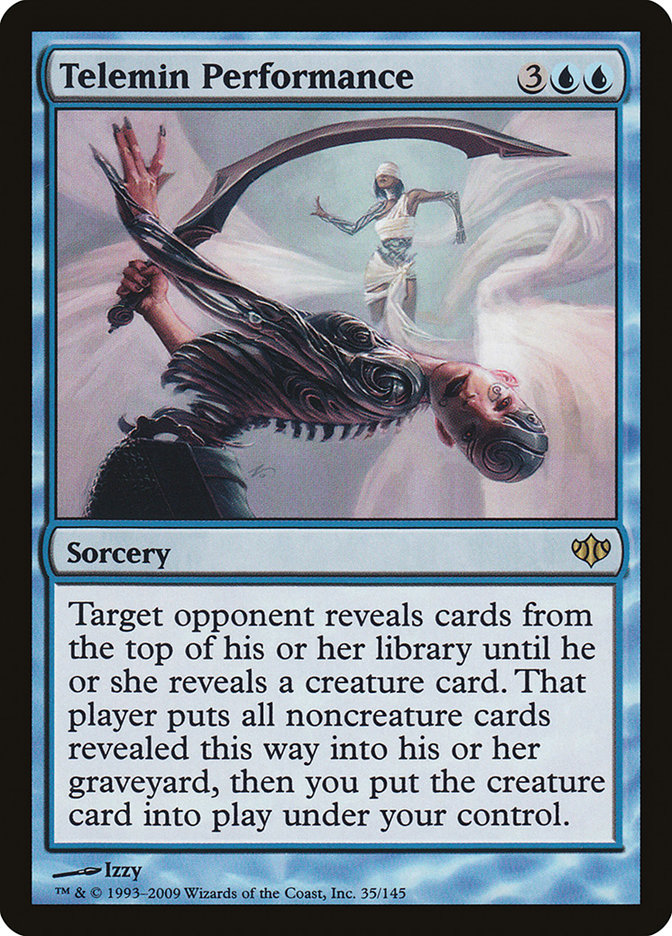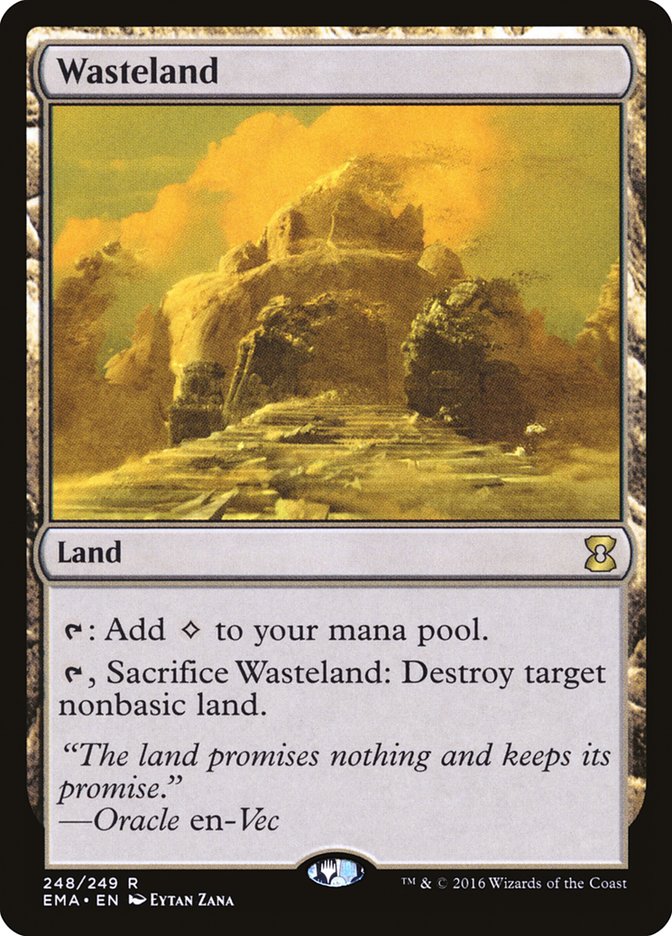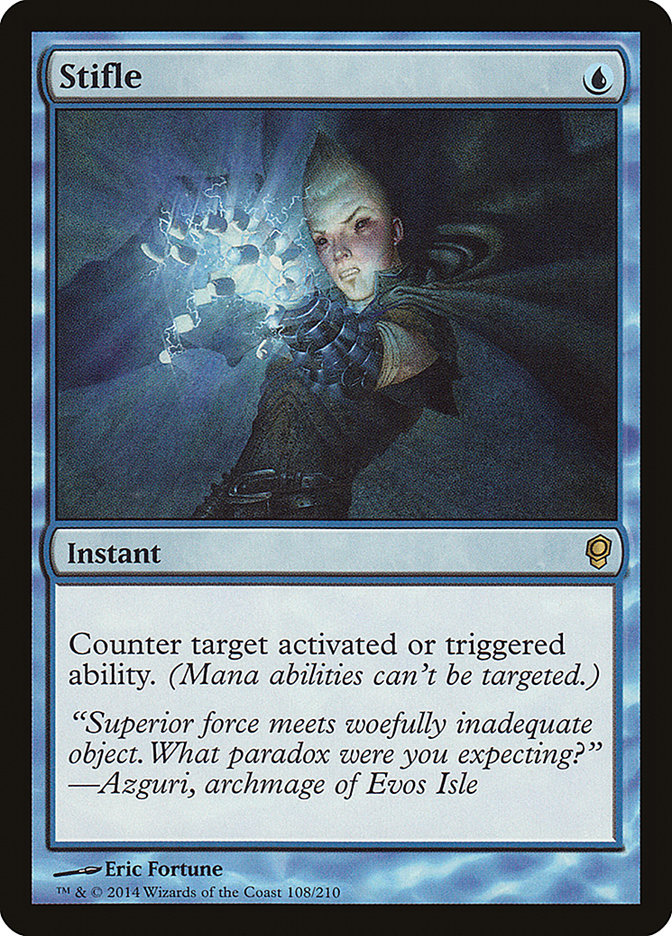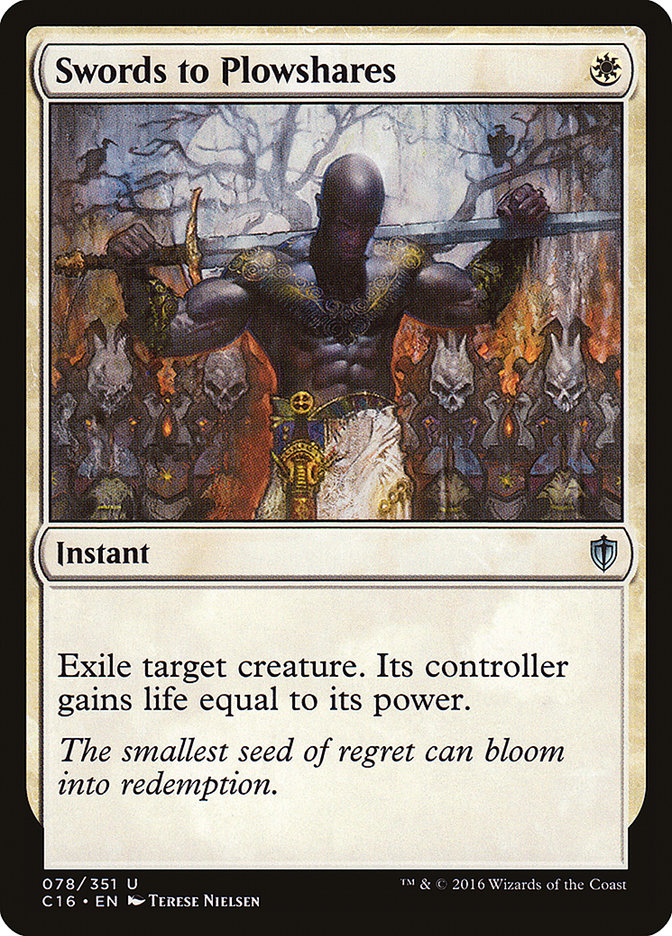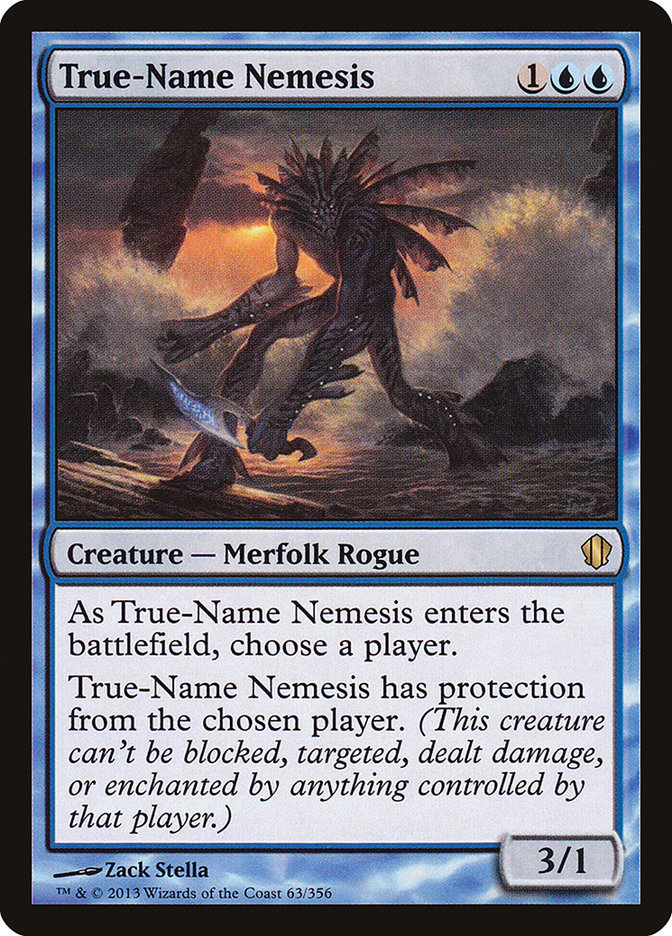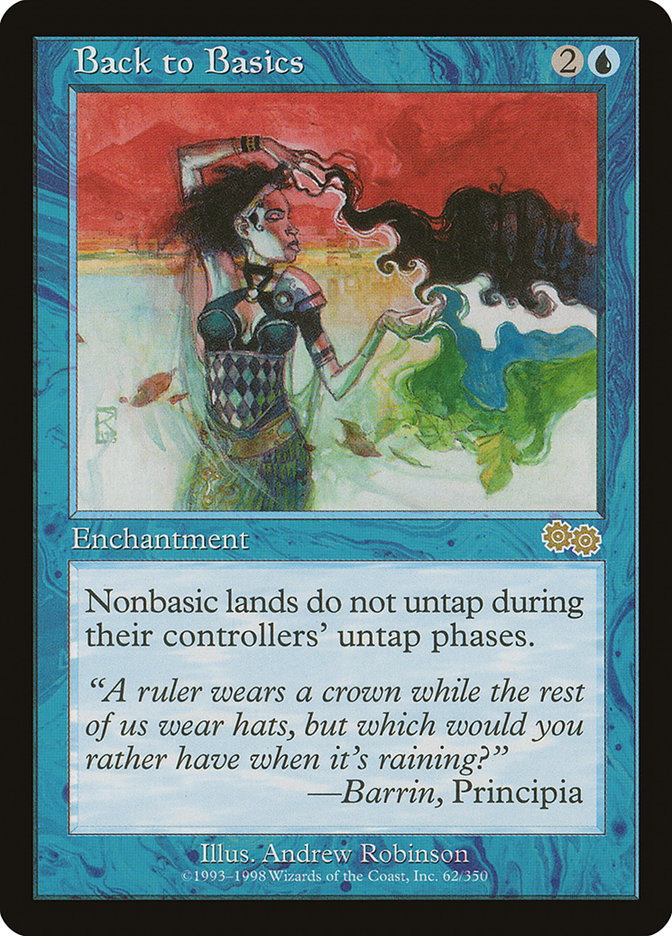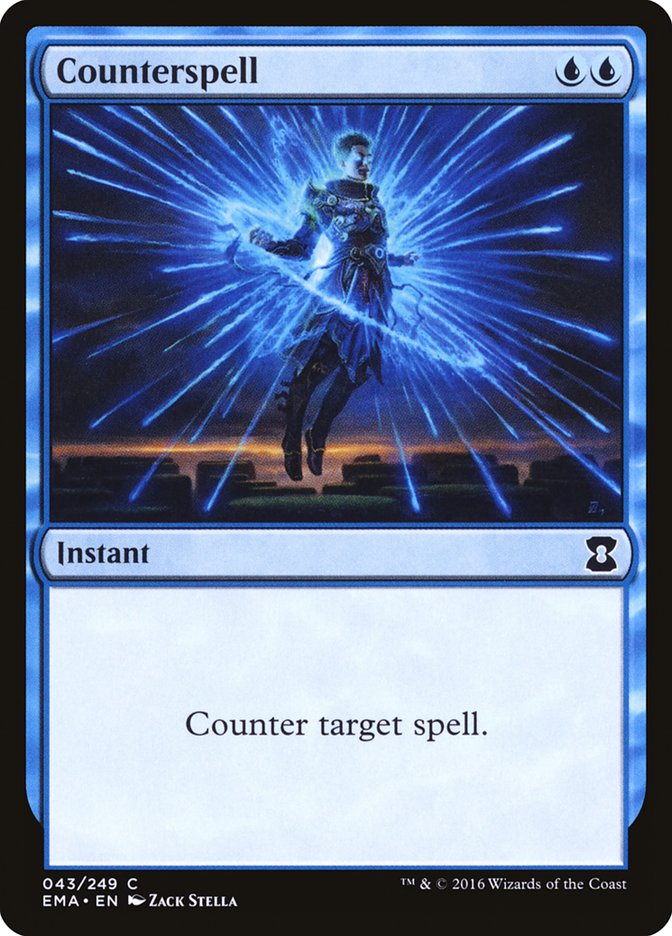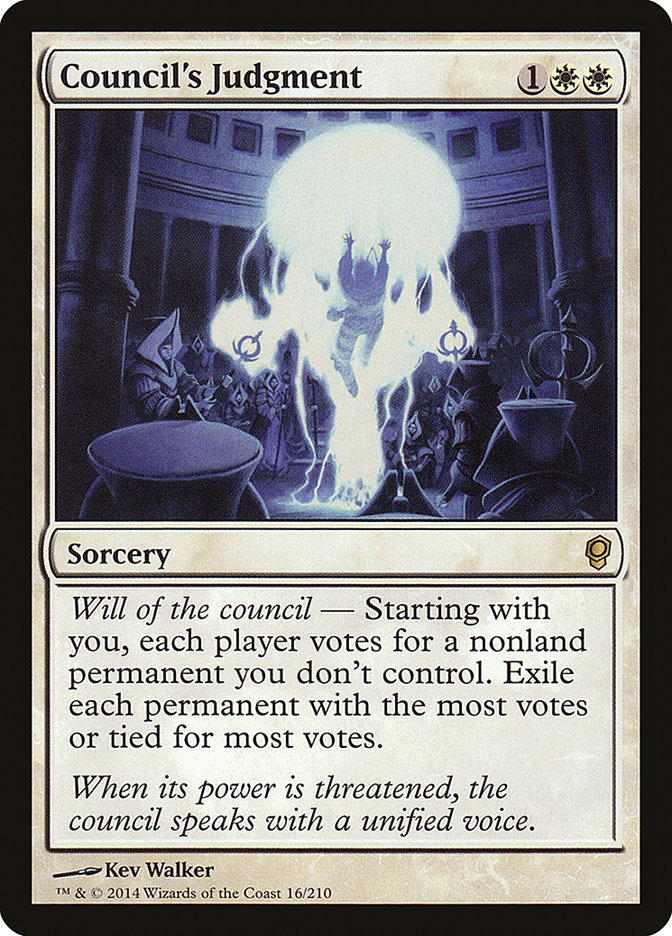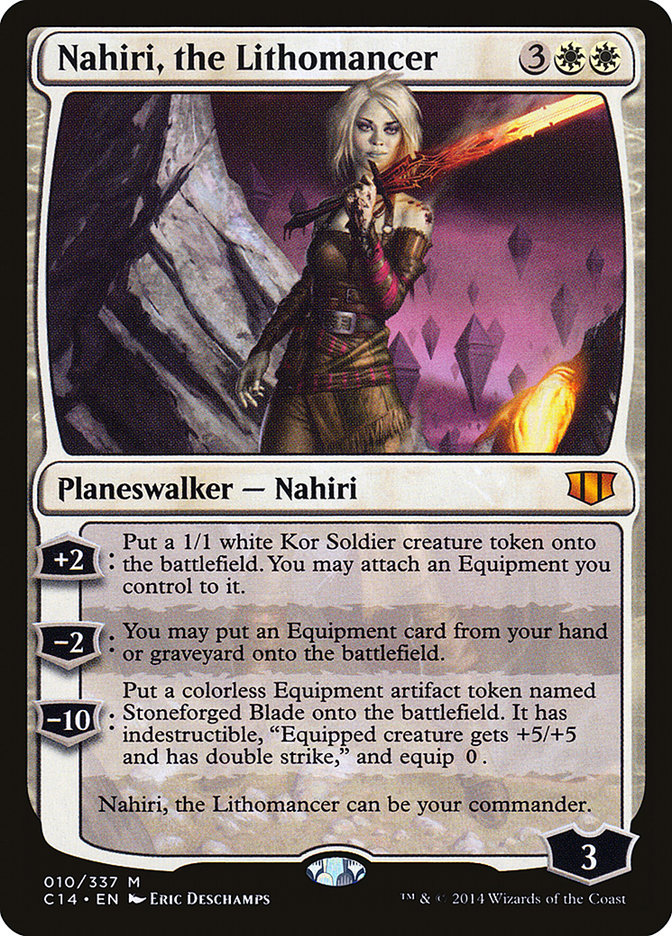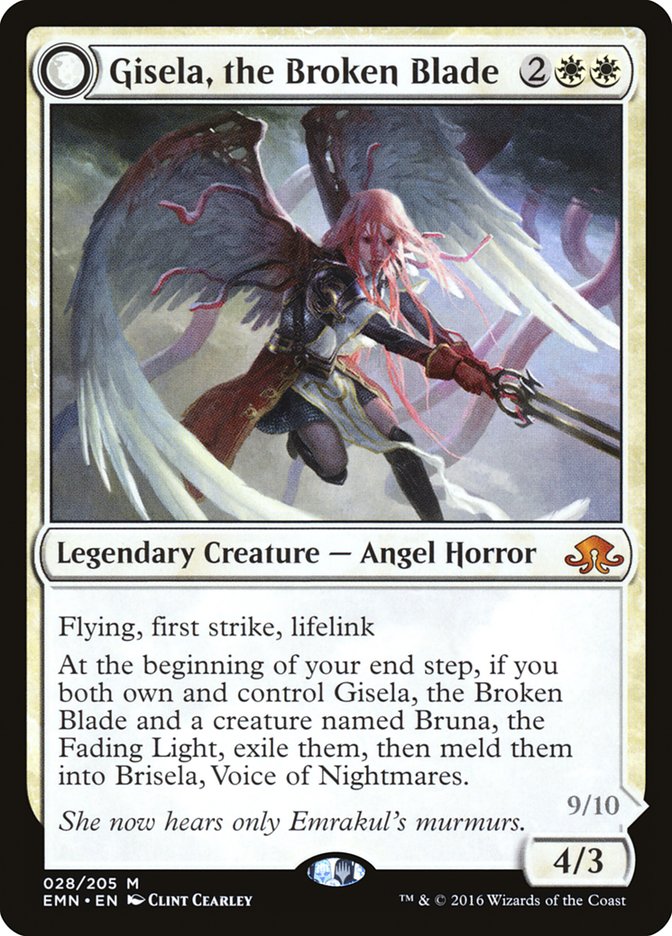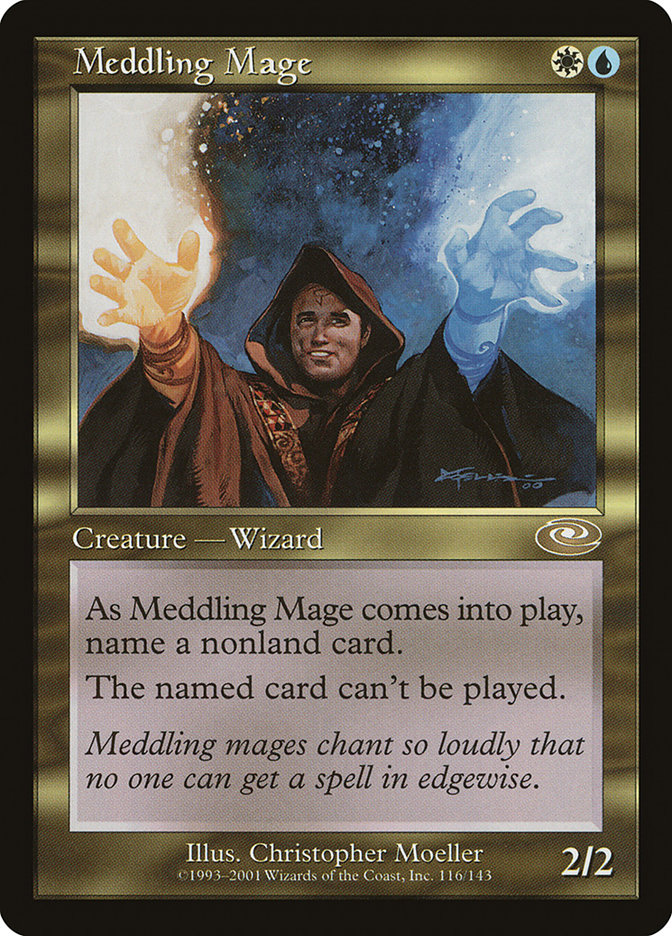It’s time for some Legacy! Easily my favorite format outside of Standard, Legacy is a place where I can play my Jace, the Mind Sculptors and Stoneforge Mystics in peace. Modern is still unhealthy for all things control, so until the ban list sets free these unlawfully imprisoned blue and white soldiers, we have to dip into Legacy to feel the power.
Most of you all know that Esper StoneBlade is the archetype I rush into battle with tournament after tournament. I took that good old Tom Martell special from a GP victory way back in 2011 and haven’t looked back. My only SCG Tour win, the Invitational success, and my positive mental health boost when casting Jace, the Mind Sculptor are all attributed to the power of Esper “Old” Blade, as my buddy Brian Braun-Duin loves to say.
It’s true that I have a hard time kicking a deck to the curb that I have success with. Mike Flores is another friend who has historically berated me for playing an outdated deck, and that began about a year after Tom won the GP! I told him that I’d put the deck down when I stopped having tournament success with it, which has finally happened five years later. The last Legacy tournament I played it in resulted in devastating losses to Lands, Lands, and TwelvePost. I knew that these losses were to matchups that the fair magicians lose to on a regular basis, but I refuse to charge into a tournament with that glaring weakness again.
I got around these terrible matchups before with a little ingenuity and elbow grease, tossing a single copy of Telemin Performance in the sideboard. The last SCG Tour Legacy event I participated in (also in Baltimore) went very well for me because my poor Lands opponent in Round 14 failed to reveal a creature to my expensive sorcery, resulting in his (figurative) death! That trick fell short recently, with people arming themselves with silly creatures like Tireless Tracker. I knew it was only a matter of time until people starting packing a Phage, the Untouchable in their sideboard just to get those pesky control players who follow my advice.
After realizing the weakness Esper StoneBlade has to these very specific matchups, I hit the think tank. I don’t know if you all are aware, but my Legacy think tank has been unoccupied for quite some time. I toyed with some combo, Delver of Secrets strategies, back to Esper StoneBlade, and then finally I recognized the true problem. Consistency for these 22-land, three-color control decks doesn’t exist. My deck did fairly well against Wasteland, Stifle, Blood Moon, and similar effects, mainly because I was so used to playing against them that it was like second nature.
The issue here is that “fairly well” doesn’t cut it when you are trying to win a trophy.
I laid out my Esper StoneBlade deck and began to really examine which color was the weakest. Blue is the dominant color and is the heart and soul of the deck, but white is also required for the premium removal spells and win conditions.
I began to notice the number of black cards in the deck and then shook my head in disbelief. Am I really playing Esper in order to have black for a couple copies of Lingering Souls and Thoughtseize? That cannot be right and I immediately cut those cards out of the equation in order to give U/W StoneBlade a chance. The results were fantastic. The replacement for Thoughtseize was additional countermagic, and Lingering Souls was swapped out for True-Name Nemesis. True-Name Nemesis actually is a bit stronger against the decks I have struggled against. Lands can’t just Punishing Fire it away as it did with my poor Spirits, and it puts three power on the battlefield as opposed to two from Lingering Souls on turn 3. That is significant, because the more tapping out you do against combo decks, the more likely imminent death is.
Creatures (11)
Planeswalkers (3)
Lands (22)
Spells (24)

Removing the black spells also took the pressure off the manabase. That one-of Swamp has been a thorn in my side for years, but it was necessary; in a world of Wastelands, people can’t just depend on nonbasic lands to produce their splash color.
I broke down the manabase with this U/W StoneBlade deck and found room for a one-of Wasteland, which has been spectacular. It deals with an array of nuisances on the opponent’s battlefield and taxes the manabase very lightly. I had a Wasteland in my earlier versions of Esper StoneBlade, and even though it won me games, I desperately needed all three colors very early. The rest of the manabase looks similar; however, the big difference is the increase in basic lands. With four Islands and two Plains, our mana is resilient to hate and also allows us to play a little of our own.
The Spice
This card helped push me into the two-color strategy. Back to Basics is a maindeck hate card that can be pitched to Force of Will, so there is little danger of having it dead in your hand. The upside of it is that the game can be won instantaneously. This isn’t a combo deck that can power out a Blood Moon, but control has the capability to land a Stoneforge Mystic while holding Force of Will the turn before. Playing cards like these in the maindeck requires a little added concentration. Even though it is a one-of and not in your hand, you still need to fetch appropriately and cast the right spells to potentially complement it.
Back to Basics isn’t as much of a hard lock as Blood Moon; however, it can immediately end a game against decks that are low on the total land count. I have a second copy in the sideboard for matchups that it truly hoses. So far it has been in all-star for me and I hope to catch a few people by surprise this weekend in Baltimore.
By removing Thoughtseize, I made my combo matchups difficult to defeat. That void had to be filled by additional blue cards because white has very little to offer that side of the matchup aisle. Adding counterspells never upsets me, so I happily hit my blue collection in search for the best ones. I tried a variety of different denial, but the best-performing options were the cheapest in converted mana cost. The winner of the competition was Spell Pierce, landing two copies in the main deck.
There is very little danger in weakening creature matchups because they are so easy to defeat with the stock StoneBlade cards. Spell Pierce is the perfect card for an early Brainstorm counterspell against those Delver of Secrets decks, as well as the best early answer to combo decks.
I’ve always wanted to add another copy of Counterspell, so here was my chance to do it. Counterspell is a powerful card that doesn’t see the play and respect it deserves. People rely on Force of Will to carry the hard counter burden, which can be pretty heavy at times. I am very stingy with my Force of Wills, but I’ll toss a Counterspell at nearly anything. Playing four copies of Snapcaster Mage gives us easy decision-making opportunities with our cheap countermagic, card draw, and removal.
I had a copy of Engineered Explosives in Esper StoneBlade, but the lack of a third color has made me shy away from it. I’m sure the card is still fine; however, I want this U/W StoneBlade deck to have the tools to answer any threat that may sneak past the blue wall of defense.
Council’s Judgment isn’t a flashy card and playing a second copy is a bit controversial. Three mana in Legacy feels like six in Standard, and for good reason. Legacy games swing wildly starting with the first turn, so on turn 3, there are often better things to do than deal with one enemy threat at sorcery speed. Control doesn’t have the luxury to play Magic that way.
Still, there are very few threats control of any format can just allow to enter the battlefield and ignore. Council’s Judgment answers artifacts, enchantments, hexproof creatures, and planeswalkers better than any other option we have. There was a time where I was too stubborn to change my Esper StoneBlade deck at all until I had my Vindicate Misdirected onto my own Batterskull. At that point, Council’s Judgment became the answer-all and I’m thankful for its existence.
These two characters require some explanation to get you all onboard. Nahiri, the Lithomancer is an upgrade to Elspeth, Knight-Errant in Legacy. The token production causes loyalty to increase by two each activation, the second ability acts as a Academy Ruins without the drawback of another colorless land, and the ultimate wins the game. Elspeth, Knight-Errant is super-sweet but only has one relevant ability for control mages.
Gisela, the Broken Blade is the real shocker in this list. She is barely playable in Standard but makes the cut for a Legacy deck. There are certain matchups where we require a little Moat assistance, which halts our ground assault. We can bank on Jace, the Mind Sculptor and a one-of Vendilion Clique, but that’s a bit too risky for me. Gisela, the Broken Blade provides us with additional aerial assault firepower, first strike, and lifelink attributes. She blocks well, attacks even better, and costs one less than Baneslayer Angel. The drawback is her three toughness; however, that only prevents us from bringing her in against red decks. The other fair matchups that rely heavily on Abrupt Decay fall victim to the medium-powered Angel.
Finally, I get to play with my buddy Chris Pikula again! He watched me lose a match where I cast four copies of Meddling Mage over two games and failed to name a card that actually was in my opponent’s deck. I was positive that he was on Jeskai Control, but he actually just had terrible draws in his Jeskai Aggro deck in Modern.
I can guarantee that I am more adept with my Meddling Mage play in Legacy, where the decks are much better-defined than those in the Wild West of Modern. Meddling Mage comes in against all combo decks but is also very useful against our worst matchups. Lands doesn’t want to see this little creature in multiples, Neither does it want to see our other hateful options of Rest in Peace and our additional copy of Back to Basics.
Meddling Mage helps defeat decks that are empowered by our lack of hand disruption. I was very tempted to test a copy of Ojutai’s Command with all of these Stoneforge Mystics, Meddling Mages, Containment Priests, and Snapcaster Mages, but I couldn’t go through with it. If the Baltimore Legacy Open doesn’t go well for me, be prepared to see this spice section of the article expand tenfold.
The rest of the deck is pretty straightforward. The stock StoneBlade cards are fully intact and the only shifts are the numbers here and there. One additional Ponder, Snapcaster Mage, and Force of Will were added to enhance the consistency. I cut the copy of Jace, Vryn’s Prodigy because the lack of hand disruption made our little planeswalker friend much weaker. The rest of the deck is identical to Esper StoneBlade, so I’ll have to step out of my wheelhouse another time.
Baltimore is where I spiked a second place and a win in Legacy, so let’s see if there is one more in this “old” StoneBlade deck. See you all this weekend!




